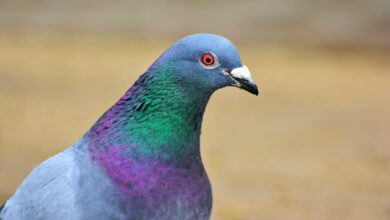Vanishing Beauty: Are Blue Macaws Extinct?
It is a beautiful blue-colored parrot from the Brazilian region with bright feathers shining in rays. It once flew freely in the forests of Caatinga. Despite its catchy appearance, this bird faces a sad ending, often discussed in reports about blue macaws extinct.
The story has harmful aspects like deforestation, illegal trading of pets, and some human actions can also be counted. This bird even inspired Rio(an animated movie), but now it faces extinction in the wild. There are only a few of them left in captivity, and this reminds us that nature can be damaged when it’s not provided with sufficient care.
Table of Contents
This blog searches through the rise, fall, and potential revival of this remarkable species. It highlights the story of blue macaws extinct and shedding light on the broader implications for conservation worldwide.
The History of the Spix’s Macaw
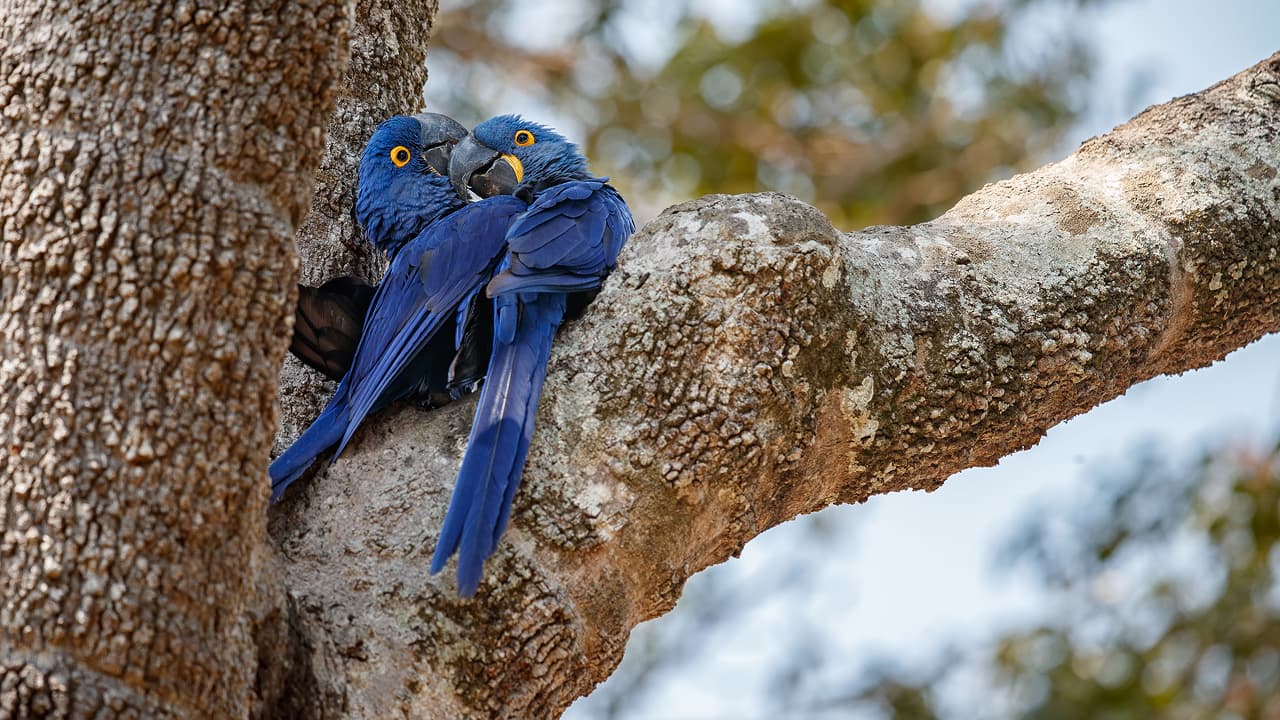
It was in the early years of the 1800s that this species of macaw, belonging to the Psittacidae family, was discovered for the very first time. The bird lived peacefully for many years in the jungle, but soon after, it started to go extinct in the 1900s. The fall was mainly because of hunting, cutting down trees, and things like that. Therefore, putting the bird in the category of the rarest parrots on Earth.
The Spix’s macaw in the 1980s got into the list of critically endangered birds. Conservationists have tried to overcome the ongoing threats of illegal pet trading and habitat destruction, but they haven’t been able to protect these last survivors. Although many conservation efforts were in place, and in 2000, the Spix’s macaw was seen. The species is officially declare extinct. Today, the blue macaw is officially declare as extinct in the wild.
Causes of Extinction in the Wild
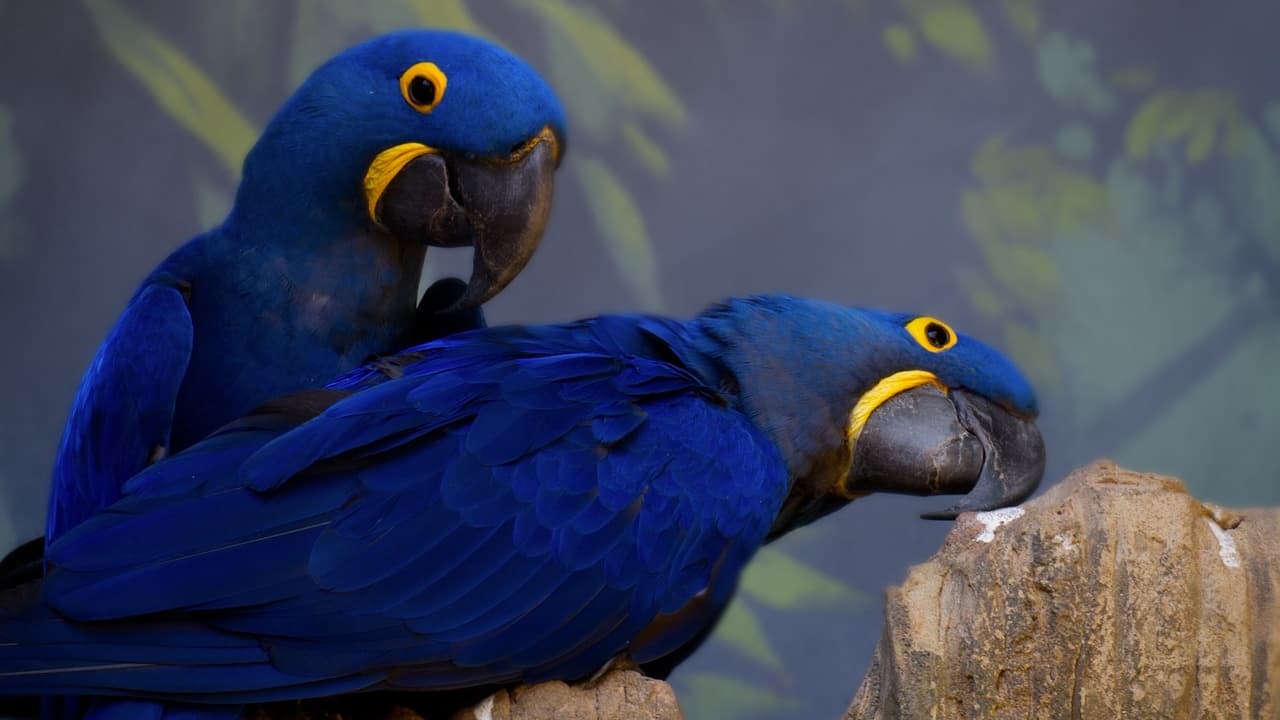
One single event is not the only reason that led to the extinction of the Spix’s macaw, but some other interconnected issues became the reason for its gradual decrease. One of the leading causes for this bird’s demise is the harmful activities by humans. Regardless of the conservation efforts, several factors have contributed to making the species extinct, including the following:
Habitat Destruction
Habitat destruction was the main cause of the Spix’s macaw extinction. These birds lived in an environmentally struggling Brazilian forest(in the Caatinga region). Due to the expansion of farming and cattle ranching, large parts came under deforestation. This destroyed the natural habitat of these macaws.
Related Pick: Food for Macaws
The chances of habitat loss increases when we loss more trees. Thus, it becomes hard for the birds to have fewer places to reside. Since the number of macaws declined, each lost tree has made its survival difficult. More than that, there was very little food available, which made them fly farther in search of food. This also puts them at risk from dangers and predators. This harsh reality further pushed the narrative of blue macaws extinct species in the region.
Illegal Pet Trade
The second cause is the illegal trading of pets, which plays a great role in the Spix’s macaw’s disappearance. The most appealing feature of these birds is their beautiful blue feathers, making their value reach higher among private collectors.
The poachers catch them in the forests and illegally sell them at very high prices. Sometimes, even one single bird is being sold for ten thousand dollars.
The illegal trading may worsen the situation even more. As the birds don’t breed that quickly, losing a few will have serious impacts on the population. The sad thing is that many of the birds came through smuggling from Brazil to countries like Asia, Europe, and the Middle East. Despite this, some authorities tried to stop this trafficking trend. Unfortunately, the population is too small to recover from it.
Predation and Competition
Other than threats from humans, natural factors have also contributed to the extinction of the birds. As its population is already facing extinction, these parrotlets have become more vulnerable to predators such as hawks, snakes, and other prey birds. These predators targeted their eggs and young chicks, and even the loss of a few individuals had a big impact on their survival chances.
Another challenge the Spix’s macaw faced was competition from other bird species. They had to fight for nesting spots, food, and living space. In many cases, bigger or more aggressive species – like other types of macaws or even invasive species such as Africanized honeybees – took over the nesting areas that the Spix’s macaws needed. This made it even harder for the species to successfully breed and survive in the wild.
Controversies and Ethical Debates
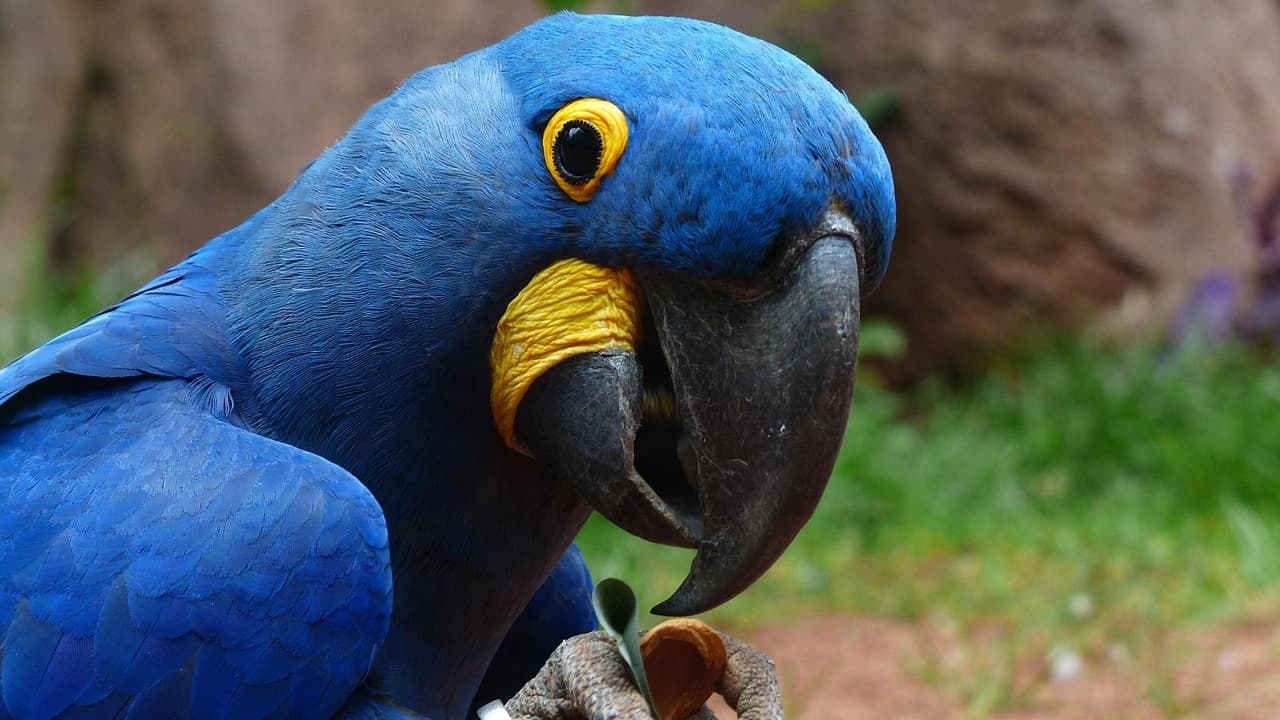
There have been raised numerous ethical concerns about the extinction of the Spix’s macaw. Some may include:
Should We Intervene in Nature?
Conservation is one of the most debated topics. It refers to whether humans should step in and try to fix what’s been our loss or let nature do its thing. Some may even believe that if a species has already disappeared from the wild, trying to bring it back may disturb the natural balance.
They argue that it makes more sense to focus on protecting the environment and stopping more extinctions instead of spending time and money trying to bring back one animal, especially in cases like blue macaws extinct.
Role of Captive Breeding
Captive breeding has played a key role in trying to save the Spix’s macaw, but it hasn’t come without debate. Many zoos and conservation centers have managed to increase the number of these birds, and today, there are several hundred in captivity. While this sounds like a big win, not everyone agrees that it’s the perfect solution.
Some experts worry that birds raised in captivity may not survive in the wild. They haven’t learned how to protect themselves from predators, search for food, or respond to natural dangers like wild-born birds do.
You Might Like to Read: Amazon Rainforest Animals
Another concern is about their genes. If the same small group of birds keeps breeding, it can lead to weaker generations with health problems or poor survival skills. Still, most conservationists believe captive breeding is the best and only chance we have right now to bring the Spix’s macaw back from the edge.
Some of these birds have already been released into the wild in Brazil. It’s too early to know how they’ll do long-term. But with careful planning and continued support, there’s hope that these blue beauties might one day thrive in their natural home again.
Funding and Priorities
Another big ethical question in saving the Spix’s macaw is about where money and resources should go. Conservation efforts cost a lot, and some people wonder if it makes sense to spend millions on just one bird while many other animals are also disappearing.
They argue that the same money can be useful to protect larger ecosystems or help several species at once. With deforestation and climate change causing many animals to go extinct every year, focusing on one species might not be the most effective use of limited resources.
On the other hand, supporters of the Spix’s macaw project believe that saving this bird can help much more than just its own kind. They say the bird is a symbol of the damage humans have done. And the hope that we can still undo some of it.
By restoring the Caatinga forest for the Spix’s macaw, conservationists are also protecting other wildlife that lives there. Plus, because this bird became well-known through media and movies like Rio, it has helped draw attention and money to global wildlife efforts. Which makes it a powerful ambassador for endangered species everywhere.
Balancing Ethics and Conservation
In the end, the debate revolves around how we can treat nature and what we choose to save. It is not an easy task to bring a disappeared species back to its natural habitat. But, somehow, it gives us hope that some of the damage by humans can still be reversable. Whether the Spix’s macaw makes a full comeback or not, the efforts to save it could guide how we help other animals in danger.
Still, saving this beautiful bird for good won’t just depend on science and money. It also means protecting its natural home and making sure we don’t repeat the same mistakes. If we truly want to stop more species from disappearing, we need to take responsibility and care for the world we share.
The Role of Media and Public Awareness
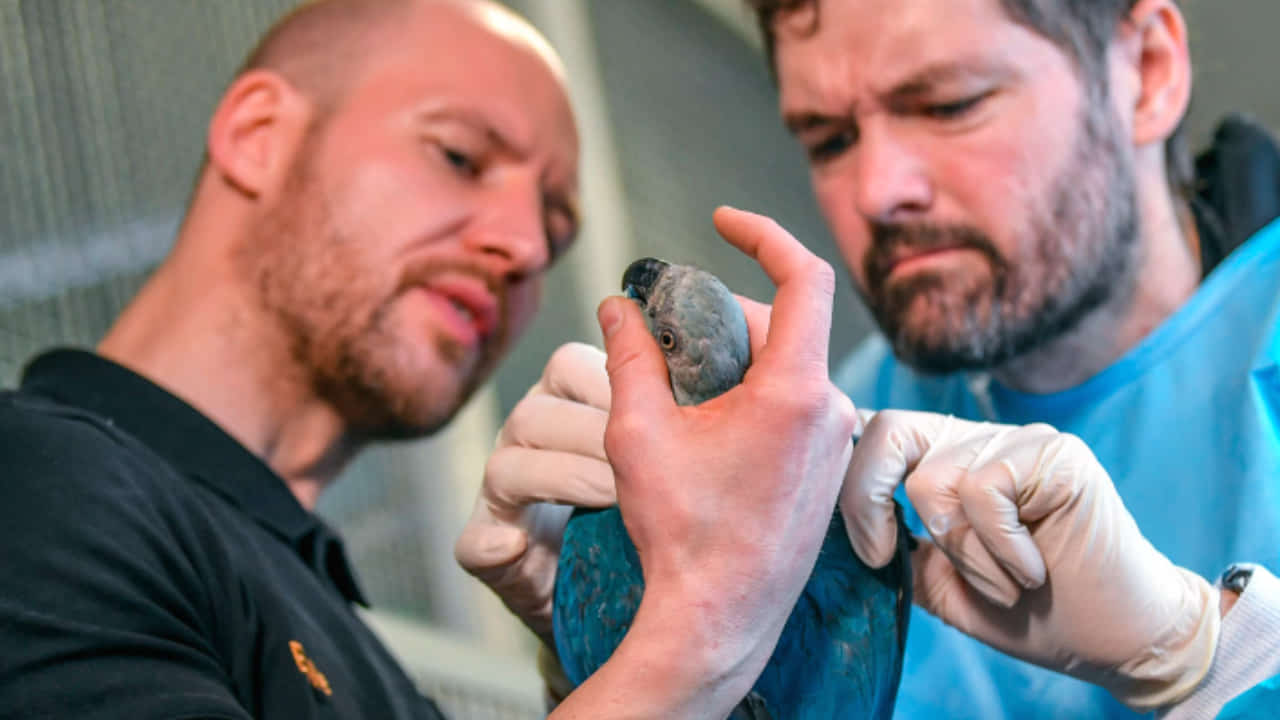
The bird has definitely gained recognition globally. The animated movie Rio (2011) has made it possible. This movie highlighted the negative aspects of illegal trading of wildlife and habitat destruction. Through this movie, the audience may get aware about bird conservation efforts and the risks that led to blue macaws extinct in the wild.
National Geographic, BBC Earth, and Mongabay are some of the few that have taken the responsibility in highlighting the struggles of this bird. They are an inspiration in bringing efforts to revive these macaws from falling.
According to the charity, the birds will be free in 2021. To acclimate to their new surroundings. Unfortunately, the publication was marred by controversy. The group’s founder, Martin Guth, is under fire for maintaining a private collection of species.
Blue Macaw – From Minnesota to Rio de Janeiro
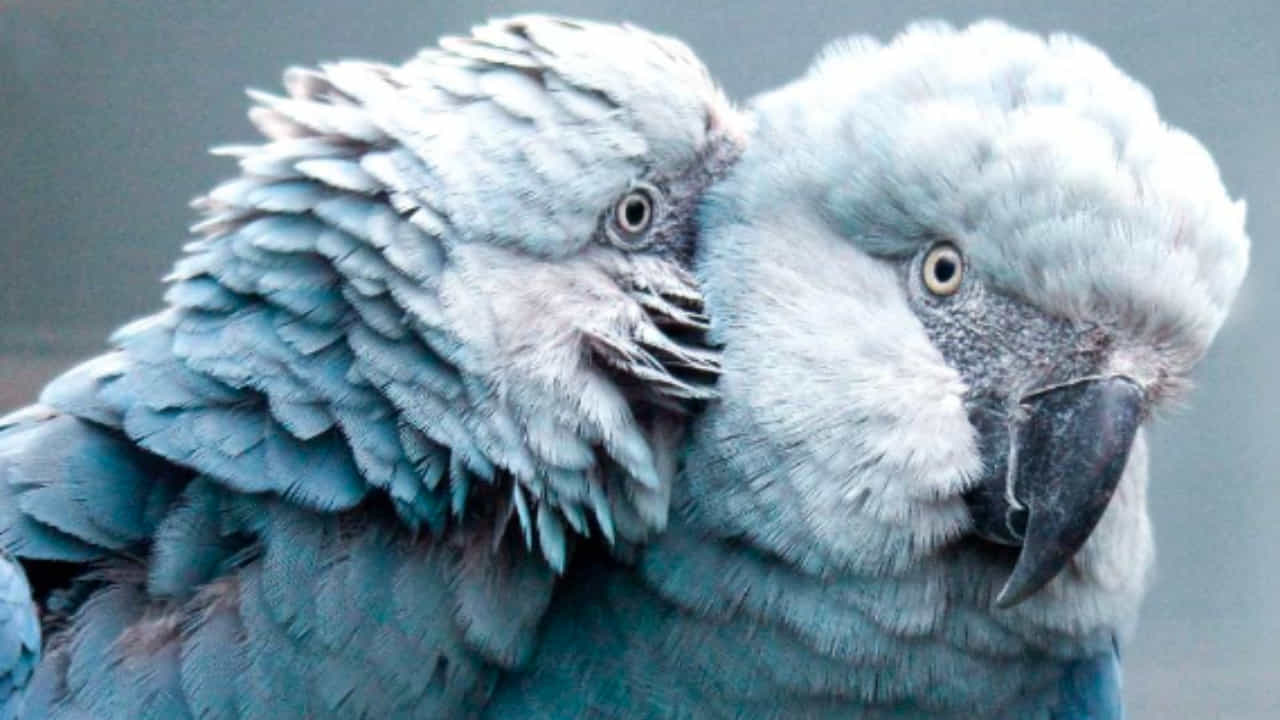
New research conducted by BirdLife International (a global alliance to protect bird species worldwide) finds that numerous bird species have lost their life in recent years. Unfortunately, one of the species is the lovely Spix’s Macaw.
While the great majority of recent bird extinctions have happened on isolated islands. Five of the eight identified by this study occurred in South America, with four occurring in Brazil alone. Its a terrible comment on the impact of rainforest deforestation in that region.
Another species of Macaw, the Scarlet Macaw, exists in the Amazon Forest and is one of the common species. Although some birds remain in breeding programs, like the Scarlet Macaw, the species is currently extinct in the wild.
Conclusion
There is still hope, though the Spix’s macaw was declared extinct. Steps like conservation efforts and breeding programs can build hope. Other than that, habitat destruction and the illegal pet trade are a few challenges that continue to threaten their survival.
If proper conservation efforts with dedication are provided, these parrots can have a second chance to flourish. The future is not only dependent on conservationists or scientists but on human responsibility to prevent further blue macaws extinct tragedies.
